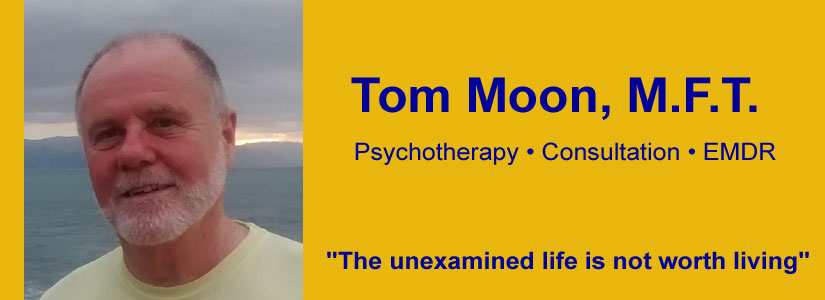Last time I talked about the basic ideas of Nonviolent Communication (NVC), a form of interaction developed by Dr. Marshall Rosenberg which offers an alternative to the competitive, judgmental, and violent forms of communication in which most of us have been socialized. This time I’d like to talk about how NVC approaches the issue of expressing anger.
Rosenberg acknowledges that members of oppressed groups are often “uneasy when they hear the terms ‘nonviolent’ or ‘compassionate’ communication because they have so often been urged to stifle their anger, calm down, and accept the status quo. They worry about approaches that view their anger as an undesirable quality needing to be purged.” He replies that NVC isn’t about stifling anything – it’s actually about expressing ourselves more fully and deeply.
In his book, Nonviolent Communication: A Language of Life, he offers this startling point of view: “I would like to suggest that killing people is too superficial. Killing, hitting, blaming, hurting others – whether physically or mentally – are all superficial expressions of what is going on with us when we are angry. If we are truly angry, we would want a much more powerful way to fully express ourselves.”
Anger, he argues, is “a result of life-alienating, violence provocative thinking. At the core of all anger is a need that is not being fulfilled (italics added).” The problem of succumbing to the temptations of violence or self-righteous rage is that when we do, we divert our attention from our unmet needs and focus instead on punishing other people for being “bad.” That’s why the way most of us express anger is superficial: it diverts our attention away from the needs and feelings that provoked the anger in the first place.
Nor is punitive rage particularly effective in persuading others to take our needs seriously, because “when our heads are filled with judgments and analyses that others are bad, greedy, irresponsible, lying, cheating, polluting the environment, valuing profit more than life, or behaving in other ways they shouldn’t, very few of them will be interested in our needs. If we want to protect the environment and we go to a corporate executive with the attitude, ‘You know, you are really a killer of the planet, you have no right to abuse the land in this way,’ we have severely impaired our chances of getting our needs met. It is a rare human being who can maintain focus on our needs when we are expressing them though images of wrongness.”
So how can we express our anger in ways that are more likely to be effective? We really only have four options when we hear a negative message: 1) We can blame ourselves, 2) We can blame others, 3) We can shine the light of consciousness on our own feelings and needs and become aware of the unmet needs behind our anger, or 4) We can shine the light of consciousness on the other person’s needs and feelings. Clearly, the second two options are the ones most likely to evoke understanding and cooperation. “Instead of engaging in ‘righteous indignation,’ I recommend connecting empathically with our own needs or those of others. This may take extensive practice, whereby over and over again, we consciously replace the phrase ‘I am angry because they…’ with ‘I am angry because I am needing…”
In practice, the nonviolent expression of anger has four components. This first step is to stop and do nothing except breathe. Instead of blaming or punishing, we stay quiet. Being non-reactive makes it possible the emotional clarity for the second step, which is to identify the judgmental thoughts that are provoking our anger. Third, knowing that all judgmental thoughts are indirect expressions of unmet needs, we internally identify the needs and feelings behind our thoughts. Only then do we open our mouths and speak the anger, which has by then hopefully been transformed into needs and needs-connected feelings.
Since the core idea in the NVC approach to anger is that all rage and violence obscure unmet needs, learning to express anger more effectively entails becoming more conscious of our habitual thoughts of blame, and of our judgments, labels, and ideas about what people “should” do and what they “deserve.” One way to facilitate becoming more conscious is to do the following exercise: Write out a list of the judgments you make most frequently by responding to the cue “I don’t like people who are …” After collecting your negative judgments, go through the list again and ask yourself “When I make that judgment of a person, what am I needing and not getting?” Practicing this exercise helps us retrain ourselves to think in terms of unmet needs rather than in terms of judgments of others.
NVC is a powerful tool for improving relationships and resolving conflicts. Its most important application, however, may well be in the way we treat ourselves, because to the degree that we’re internally violent toward ourselves we are handicapped in being compassionate toward others. How NVC fosters connecting compassionately with ourselves will be my theme next time.
